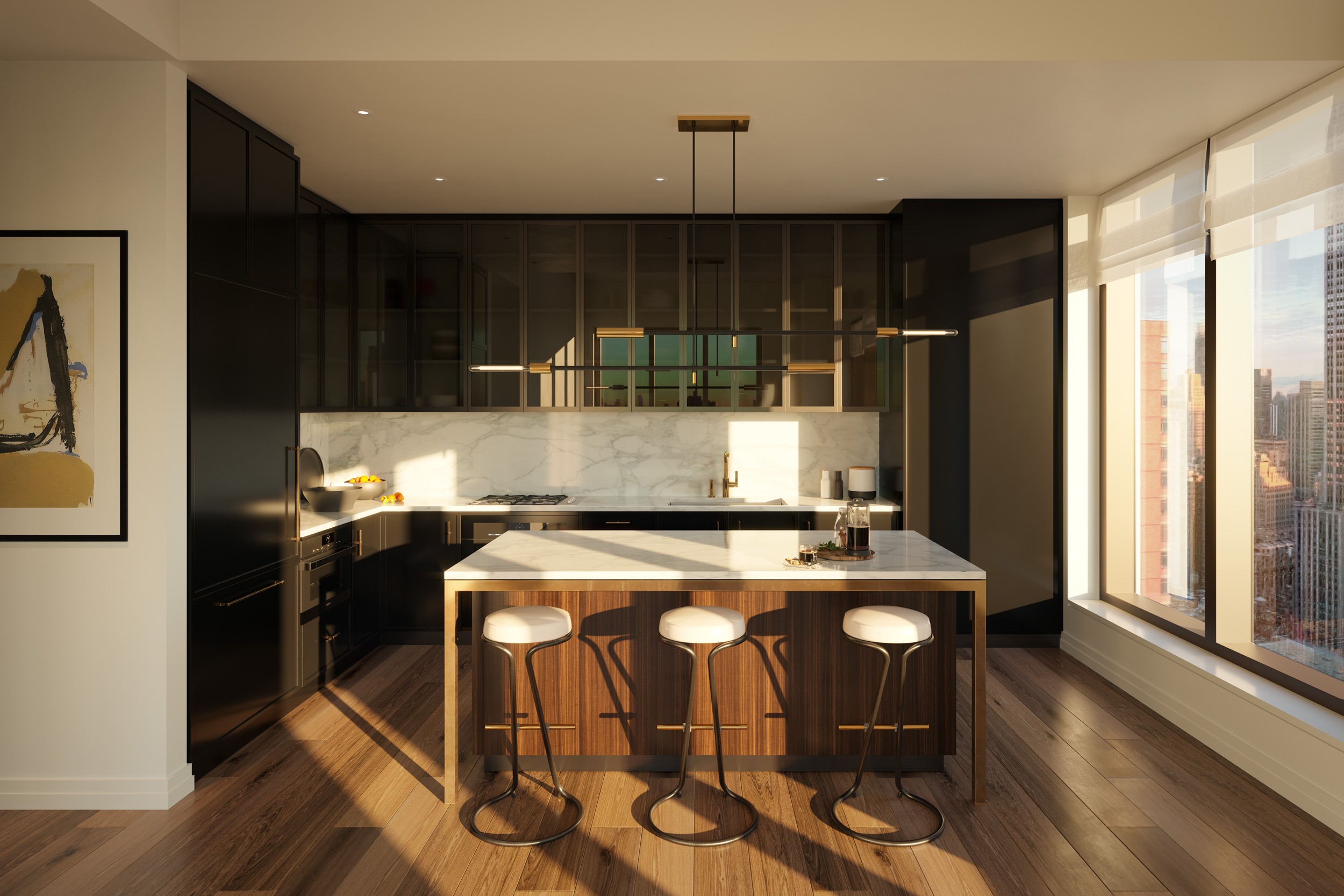Each week, Mansion Global tackles a topic with an elite group of designers from around the world who work on luxury properties. This week we look at how to choose the right wood flooring for you.
Wood is always a chic material for your floor. Something of a chameleon, it has the power to transform a space depending on the color and finish. “Wood floors add warmth, texture, and sophistication to a space, and can also set a tone or attitude,” said Nancy J. Ruddy, co-founder and executive director of interior design at architecture and design firm CetraRuddy, based in Manhattan.
There’s a refinement to the look and feel that’s unparalleled. “They add an elegance and warmth in a way no other material can. It’s an understated richness like a fine cashmere sweater,” said New York-based interior designer Ryan Korban.
From color and plank size, to type and finish, the options for wood flooring are endless. To help you make the best choice for your home, follow these tips from the design pros.
Consider the Space Itself
“First identify what type of mood you want to create in your environment. I tend to lean in one of two ways: either super light gray for a very soft feel or black for a sexy atmosphere. My favorite floors, which I recently did at 40 Bleecker, are cerused oak in a cashmere color by Listone. You can never go wrong with this, especially when done in a chevron pattern.
“The most important aspect to consider is the width of the floor plank and, of course, the finish. But width is most important to me. Wider often tends to be better. It really opens up a space and gives it a subtle feeling of being grand. You can also really fake the feeling of your square footage with wide plank floors.
“Know how you will be using the floors. It’s ok to do different approaches in different rooms for one space. For instance, you can do a chevron pattern in the living room and maybe stick to a regular pattern in bedrooms knowing rugs may cover the floor. Dark floors tend to really show dust and light floors tend to show scuffs more. I find that floors with a lot of texture and depth hide scratches and scuffs better, which is always a good thing.”
—New York-based interior designer Ryan Korban
Less is More
“Wood floors spontaneously reconnect to nature. Keep the look as natural as possible and let the wood express itself. For a recent project at Greenwich West in New York City, I chose wide plank European white oak floors to complement the warm color palette of the finishes, such as Carrara marble countertops. Each are natural materials.
“It’s important to focus on the length as much as the width; the length creates the presence of the wood floor. Remember, less is the best. If you can live with natural wood, go for Ultraviolet (UV) light oil/lacquer finishing.”
—Paris-based architect Sebastien Segers
Match Your Home’s Aesthetic
“Not all woods are created equal. You want to choose a wood that will stand up to continued use in a home. This means you should avoid woods that are overly soft or photosensitive, which can be damaged or discolored easily. Oak, mahogany and ash tend to be what we use for most flooring applications, but depending on how you specify these woods, they can be drastically different. The primary types of wood that we use are rift-cut, rift+quartered, plain-sawn,and quarter-sawn. These cuts vary significantly in grain pattern. For a recent project at Rose Hill [in Manhattan] we’re using an Indonesian oak that is relatively knotty—something that we think gives it a lot of character. On a different project we might go with a smoother, less knotty and more uniform cut of wood.
“It’s also important to specify a sustainably sourced wood. For some projects we’ve used French oak, which is both sustainable and very beautiful.
“Choose a wood that fits with the aesthetic you’re trying to achieve with your interior design. An ultramodern collection of furniture might clash with a rustic wood floor, for instance. There are many choices for wood finishing available today, from bleached to ebonized. At Rose Hill, we’ve used a medium finish, which is cerused, meaning it’s treated with a whitewash that soaks in and highlights the grain and character of the natural wood. It’s also slightly textured for a rustic and elemental touch. The beauty of this floor is in its inconsistencies.
— Nancy J. Ruddy, co-founder and executive director of interior design at CetraRuddy based in Manhattan
Take Type Into Account
“Compared to stone and other types of flooring, wood helps tremendously with the sound barrier.
“Currently, we are using a lot of white oak. It’s easy to work with and stains a very beautiful color.
“Always remember the darker the floor, the smaller the space will look. You can choose from glossy or matte finishes. We find that matte finishes are much more on trend and modern right now.
“If you have pets, children or extra foot traffic, it’s smart to research which type of wood is better for you in terms of maintenance. Depending on the wood, you’ll need to refinish the surface every three to five years.”
— Erica Bryen, owner and head designer of Erica Bryen Design in Newport Beach, California


